Why Instagram is broken for photographers – and how to fix it

Instagram used to be the place where you could discover a passion for photography and find a community. But it's now a broken mess of sponsored posts and frustrating algorithms – and many photographers are understandably starting to jump ship.
Soon after I joined Instagram in 2012, I built a community by posting about the extensive collection of camera gear I had access to as a journalist. I was getting messages from as far away as India and Brazil from keen photographers who wanted advice on buying cameras and lenses. It connected me with hundreds of like-minded people who shared my passion.
But since mid-2017 I’ve noticed a troubling shift in Instagram's priorities, fueled by algorithms that seem to prioritize spam and copycat posting. It's a sorry state of affairs for a photography and video-sharing platform whose mission statement is “bringing you closer to the people and things you love”.
These days, that statement couldn’t be further from the truth. Here's where I believe Instagram took a wrong turn, and how Facebook could fix the image-sharing app – not just for photographers like myself, but for its hundreds of millions of daily users.
Wonder years
Before Instagram, photography forums and platforms like Flickr and Tumblr were the best places to share your images. What made those places so great? It was easy to connect with like-minded image lovers.
Whether your interest was beautiful food, landscapes, portraits, modeling or macro photography, there was a community for you. Those communities were open to all who wanted to find and join them. The only gatekeepers were moderators who would kick people out for being abusive or spamming.
Crucially, those moderators were humans. Sometimes mods were the people who ran the website, sometimes they were community members. People who showed consistent community spirit and leadership could be given special privileges to help them moderate content.
Sign up for breaking news, reviews, opinion, top tech deals, and more.
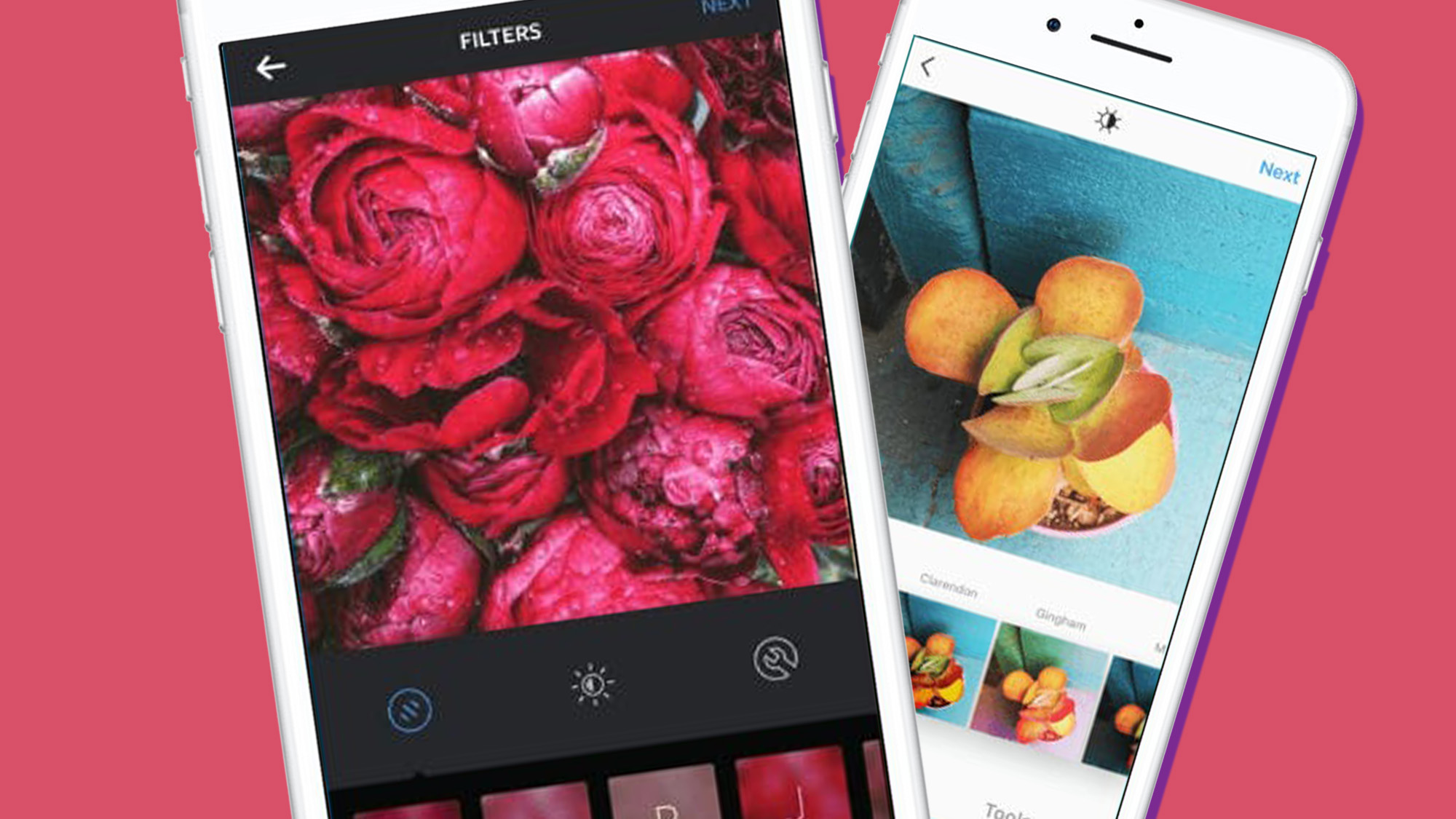
I still remember an individual who went by the moniker SteadyHand, who was one such character back in my photography forum days. He was often online, and always keen to offer advice and feedback on the images people shared. If anyone was struggling with a particular technique, SteadyHand and others were there to share their experience. It was a beautiful thing.
In its early days, Instagram functioned in much the same way, but with the added convenience of being a mobile app, just as camera phones were becoming popular. Instagram allowed anyone to discover a passion for taking pictures, even if it was just plates of food, good times with friends, or pretty locations.
But that was before algorithms, e-commerce and an obsessive need to ape new rivals took over.
Rise of the algorithms
I mentioned the value of human moderators when recalling my fond memories of photography forum days. Humans can be helpful. Humans can be reasoned with. Humans can be held accountable. But humans can’t possibly moderate a platform with over one billion users per month. At least not without a lot of help.
Instagram, like many platforms, uses algorithms to cope with the task of moderating the astonishing amount of content being uploaded to its platform. According to Omnicore, in excess of 95 million pictures are uploaded to Instagram every day.
It’s perfectly understandable that automation is stepping in to block and remove potentially harmful content, and things would be fine if Instagram – read Facebook – left it at that. But it doesn’t. In 2016, AKA ‘the beginning of the end’ for photographers, Facebook ditched Instagram’s chronological news feed.

Overnight, Instagram stopped showing us a cross-section of what was happening while we were online, and started giving us a specially curated feed. Regardless of who we chose to follow and the content we had enjoyed previously, Instagram’s algorithms began to decide what we would have the chance to engage with. This was the dawn of its strategy to turn Instagram into a shopping and advertising mecca.
How has this strategy impacted the user experience – and, ultimately, user behavior? Computer algorithms, often lazily referred to as artificial intelligence or AI, infect every aspect of our lives. Algorithms have been proven to shift and nudge our behavior and attitudes in frightening and subtle ways.
When users upload content to Instagram, Facebook’s computer vision tool studies the content. That content is labelled and ranked by algorithms, according to what the tool can ‘see’, and this process allows it to decide who to show that content to. Everyone gets their own tailored feed.
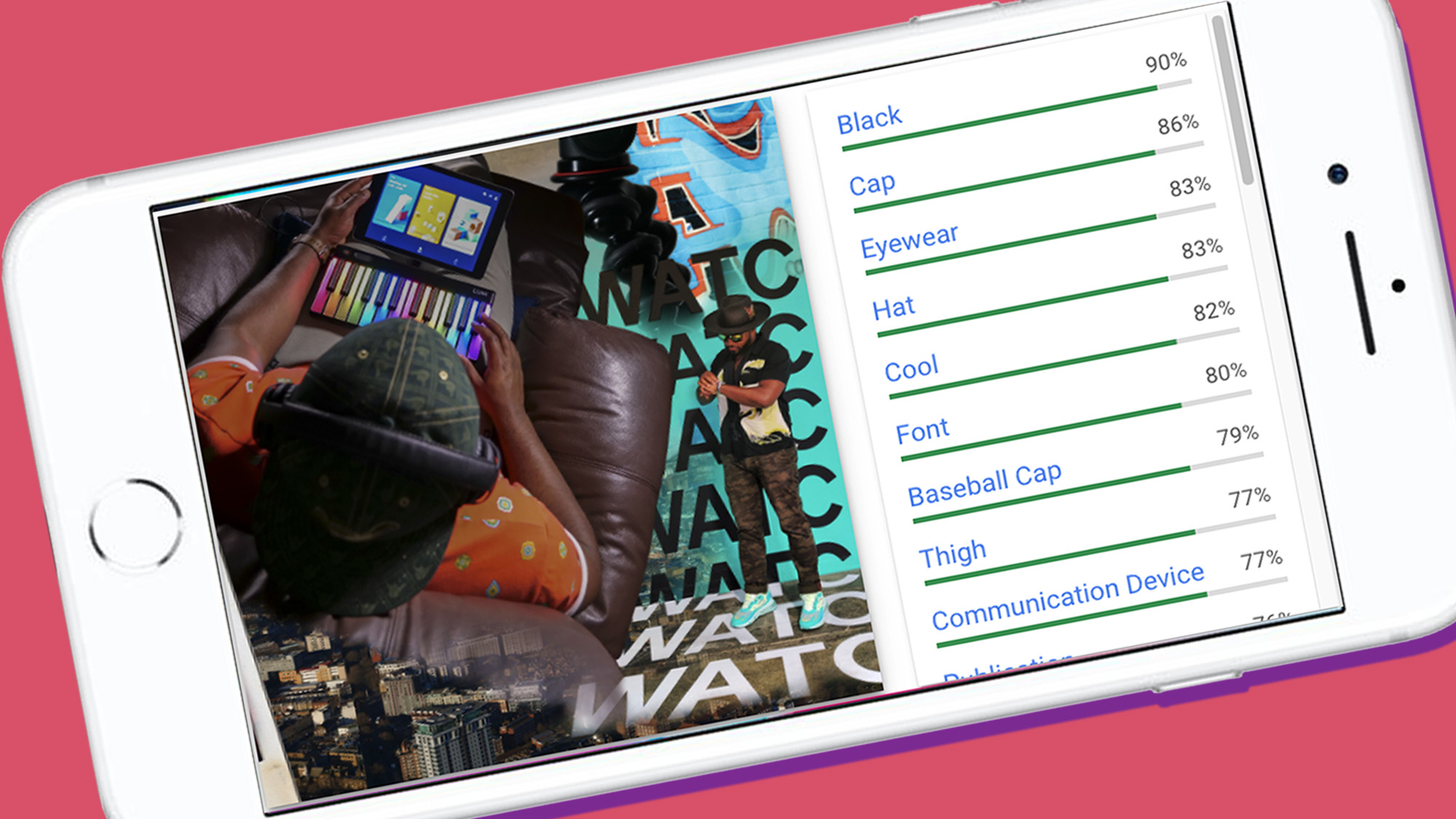
But the content we’re served is based on assumptions made about every user on (and disturbingly, off) the platform. Last year, the European Data Journalism Network and AlgorithmWatch partnered to carry out a study, analyzing 2,400 Instagram images. The purpose was to see whether or not Instagram was biased towards showing images containing nudity.
It's a rigged system that discourages people from posting whatever they like, and encourages them to post what they think Instagram’s algorithms might like.
It found that images of women in underwear or bikinis were 54% more likely to appear in the timelines of its volunteers, while posts containing bare-chested men were 28% more likely to appear. However, images depicting food or landscapes were 60% less likely to be shown on average.
When I asked Instagram about this, it said the study’s small sample size (admittedly only 30 accounts) meant it didn’t consider it to be representative of an issue with its algorithms. And yet the conclusions do still chime with my experience and that of many others.
X-ray specs
Among the many Instagram users I've spoken to about their experiences, the bombardment of half-naked models and fitness folks was cited frequently as a frustration with the app. Conversely, many complained that they no longer see content shared by their friends.
Facebook doesn’t allow open access to the tool it uses to assess images, but Google’s Cloud API functions in a similarly intelligent way. I ran a couple of my images through it, and was stunned by just how accurate some of the content estimations were.
It could read minuscule text, detect the actions being carried out in an image, and even ranked my images based on colors present. It also gave a score for what emotions were being conveyed if an image contained faces.
In addition, there’s a ‘Safe Search’ ranking, which assesses the risk of the content being harmful or ‘racey’. Sadly for my ego, my images only scored two out of five on that measure.

Of course, algorithms don't operate in a vacuum – they're trained using manually-labelled images. Instagram told me that the most important factor in training its 'AI' is creating 'examples' to teach the system. These are apparently built by a worldwide team of content reviewers, whose decisions are regularly reviewed and edited.
Still, even with checks and balances in place, there are a whole host of ways that working environments can introduce unhelpful and potentially harmful biases to algorithms. For a deep dive, I recommend watching the documentary Coded Bias released in 2020, which follows the work of M.I.T. Media Lab researcher Joy Buolamwini.
Instagram's recent updates about its Equity team, which refers to new systems introduced to "help reduce the potential for algorithmic bias", also suggest this is still very much a work-in-progress.
Chained to the algorithm
I’ve also spent the past couple of years conducting experiments on my Instagram account, based on my theory that Instagram has been ‘Facebooked’.
What do I mean by that? Facebook has stated in the past that it would prioritize content in our newsfeeds from those closest to us. For that reason, pictures of you on your timeline, and the life moments you share – birthdays, marriage proposals, new job announcements – should perform better on Instagram.
For my most recent test, I posted an image on February 7 this year that contained a self-portrait. It was accompanied by a simple caption: ‘Happy Birthday to me’, with no hashtags.
That post (below) is one of the most engaged-with posts I’ve had in the past two years. My birthday is actually in December, and most of my friends and family know that; but regardless, Instagram served that content to more people than anything else I’ve posted in the past 12 months.

While this is a simple test, it seems clear that Facebook is using what it sees, and what we contribute via our captions and hashtags, to decide how far and wide to spread our content. If so, this makes it a rigged system that discourages people from posting whatever they like, and instead encourages them to post what they think Instagram’s algorithms might like.
If Facebook is suppressing content that isn’t showing your face or enough skin, or doesn’t represent a life moment, that could have a significant impact on how you use the app. As a photographer, I don’t want to post endless selfies. My camera gear, gadgets and work are what I want to share on Instagram. It’s what I built my audience on, until 2017, but since the shift to algorithmic timelines, that content is no longer served to the majority of my audience.
My camera gear, gadgets and work are what I want to share on Instagram. But since the shift to algorithmic timelines, that content is no longer served to most of my audience.
Having spoken with other photographers, it seems that only about 5-10% of their following ever sees or interacts with their content on average. So, for example, if you have 3,000 followers, you will likely attract 150-300 likes on average, and even fewer comments. Unless, of course, you game the system as outlined above.
When I asked Instagram about this, it told me that it uses a range of different signals to rank posts in its feeds. The most important ones are apparently the likelihood that you'll be interested in the post (based on previous likes and comments) and the strength of your connection to the person posting (based on factors like mutual follows). But unfortunately that doesn't seem to tally with the experience of most photographers I've spoken to.
All over the shop
Instagram used to be the place where you could go to develop your photography passion and find like-minded people. Now, it feels like you can’t scroll through your timeline for more than five posts without being served at least one sponsored post.
The fate of the iconic Instagram ‘post’ icon is further damning evidence of this shift away from sharing to shopping. In 2020, the button for adding new content was relegated to the top right-hand corner of the app – and it’s no longer a camera icon, it’s a mere ‘plus’ sign. If you’re new to the app, you could be forgiven for thinking that adding content was a hidden premium feature.
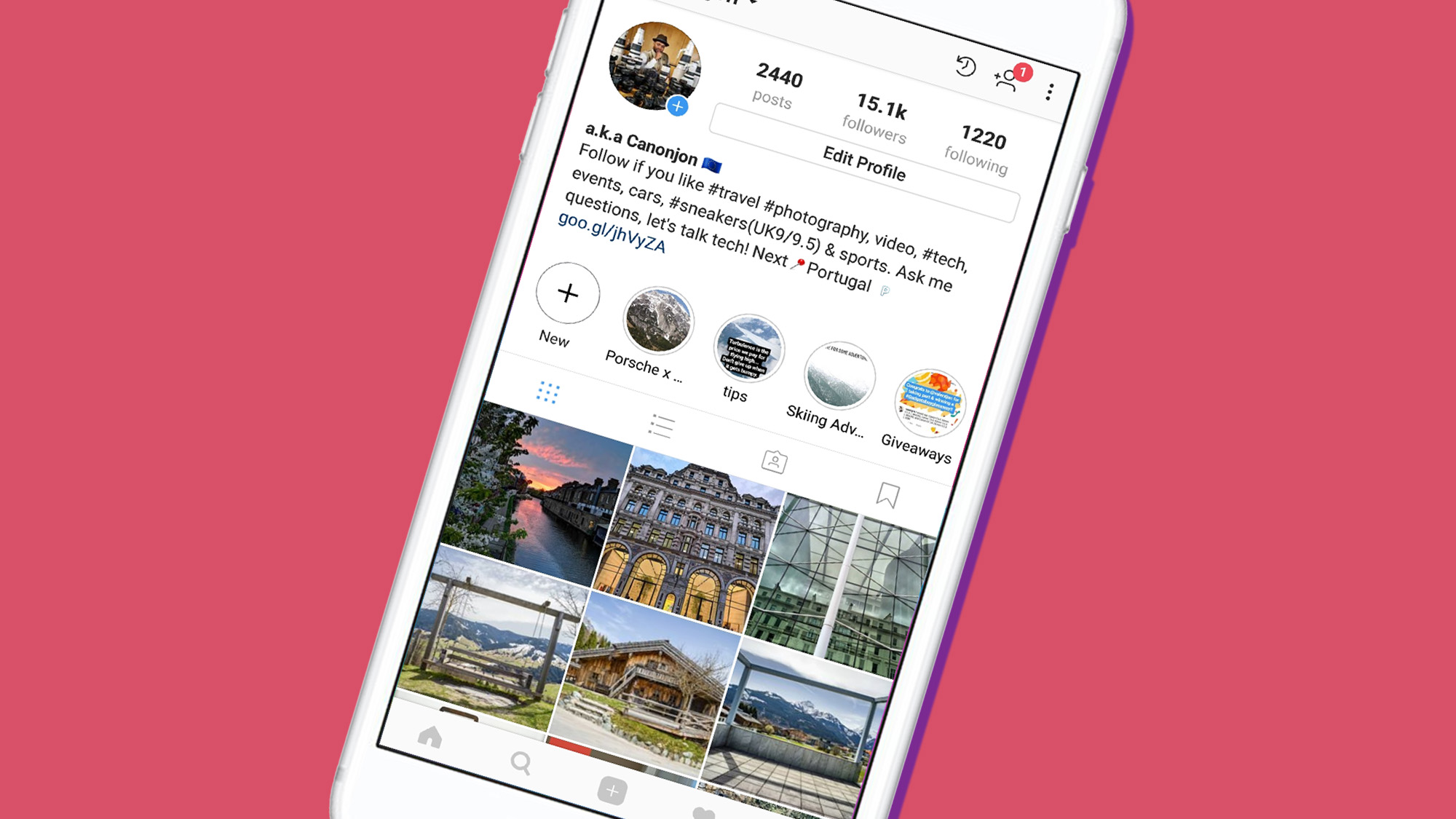
Instagram’s attempts to respond to new competition have only made things worse. Recently, TikTok’s popularity has exploded, with downloads increasing as much as 800% between January 2018 and December 2019, according to the app. How has Facebook responded? It began rolling out Instagram Reels in August 2020.
Coincidentally, its introduction came not long after TikTok’s e-commerce potential started to become the subject of public digital marketing discussions. Reels is the latest bolt-on designed to attract users away from TikTok and to Instagram, and encourage Instagram users to post dance craze and stop-motion videos.
Once again, Instagram’s unquenchable thirst for market share and a paranoid fear of competition has further marginalized photography, and photographers.
Switching sides
Unfortunately, there are currently few alternatives to Instagram. If Facebook can’t buy the competition, it attempts to beat it at its own game. And now the Facebook platform itself is consuming Instagram, by introducing features that it’s managed to make a success of on Insta.
We now have Facebook Stories, which automatically scrapes your Instagram Stories and posts them to your Facebook page – if you still have one. As I mentioned, it’s also begun testing Facebook Reels. Eventually, I’m convinced that Instagram will be fully rebadged as the Facebook app – and with that, Frankenstein’s monster will truly be alive.
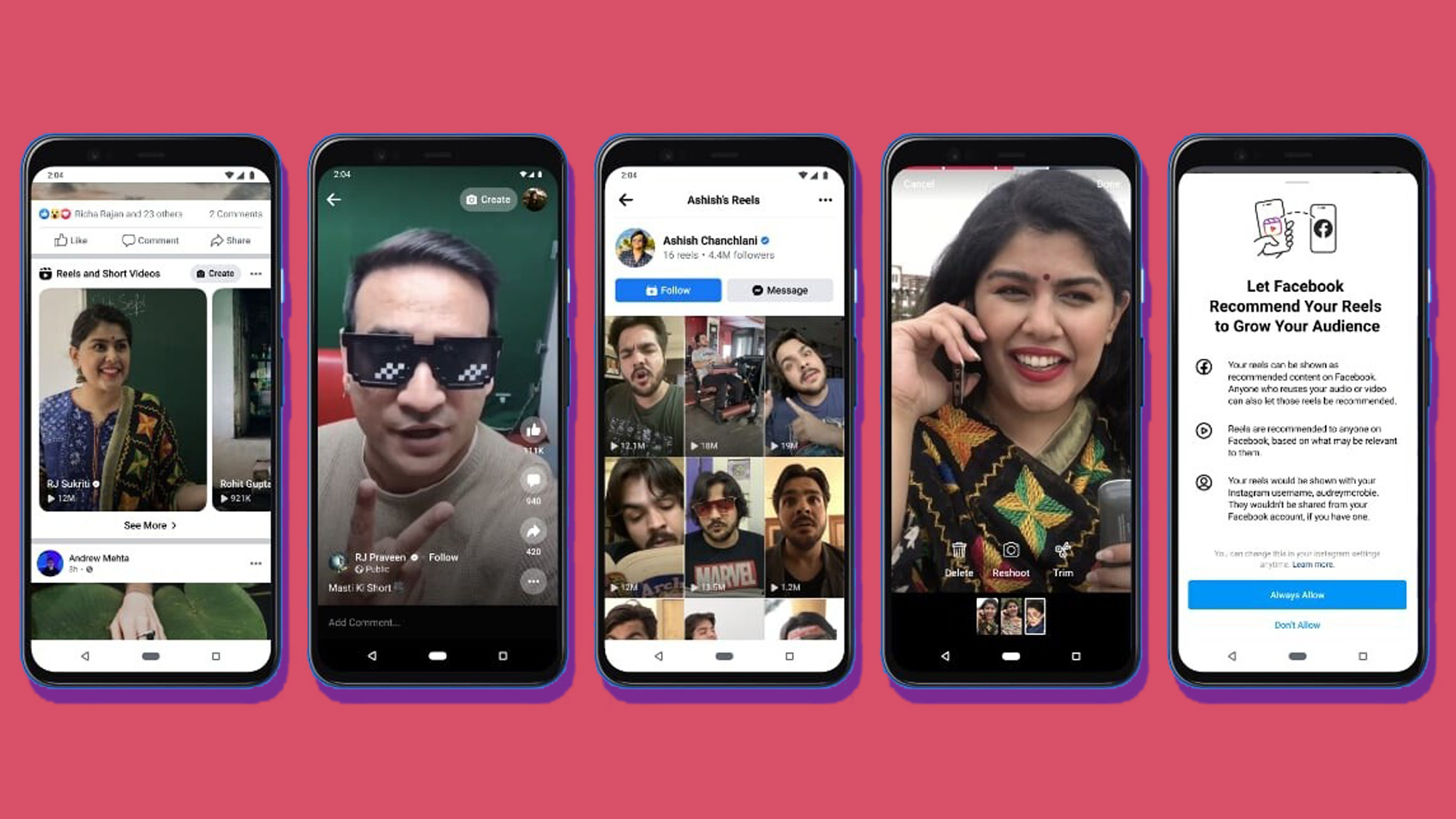
Photographers do have other options. Twitter and TikTok are both benefiting from people turned off by the Facebook-ification of Instagram.
Twitter provides some of that traditional sense of community for photographers, and recently introduced 4K resolution photos in its mobile apps. And as well as TikTok, video-minded creatives are also spreading their eggs to YouTube. These video-centric platforms allow creatives to share behind-the-scenes and how-to content from their shoots for example.
This is an unfamiliar way of building an audience for many photographers, but it’s one that’s a little less affected by the algorithm shenanigans deployed within Instagram. Helpfully, YouTube has a premium option that allows you to do away with ads altogether – and that's just one of many ways Instagram could improve its experience.
How to fix instagram
How could Facebook fix Instagram? There are a few simple things it could do, but most would be unrealistic, as they would likely require Facebook to relinquish hundreds of millions of dollars in revenue – and Facebook is not known for passing up an opportunity to increase its profit margins.
So, keeping my suggestions within the bounds of what the company could realistically do, for starters I’d propose they bring back chronological timelines. It wouldn’t have to ditch its beloved algorithmic timeline, but just add the option for users to sort their feed by ‘recently added’. Give users the choice, and let them truly decide what they want to see.
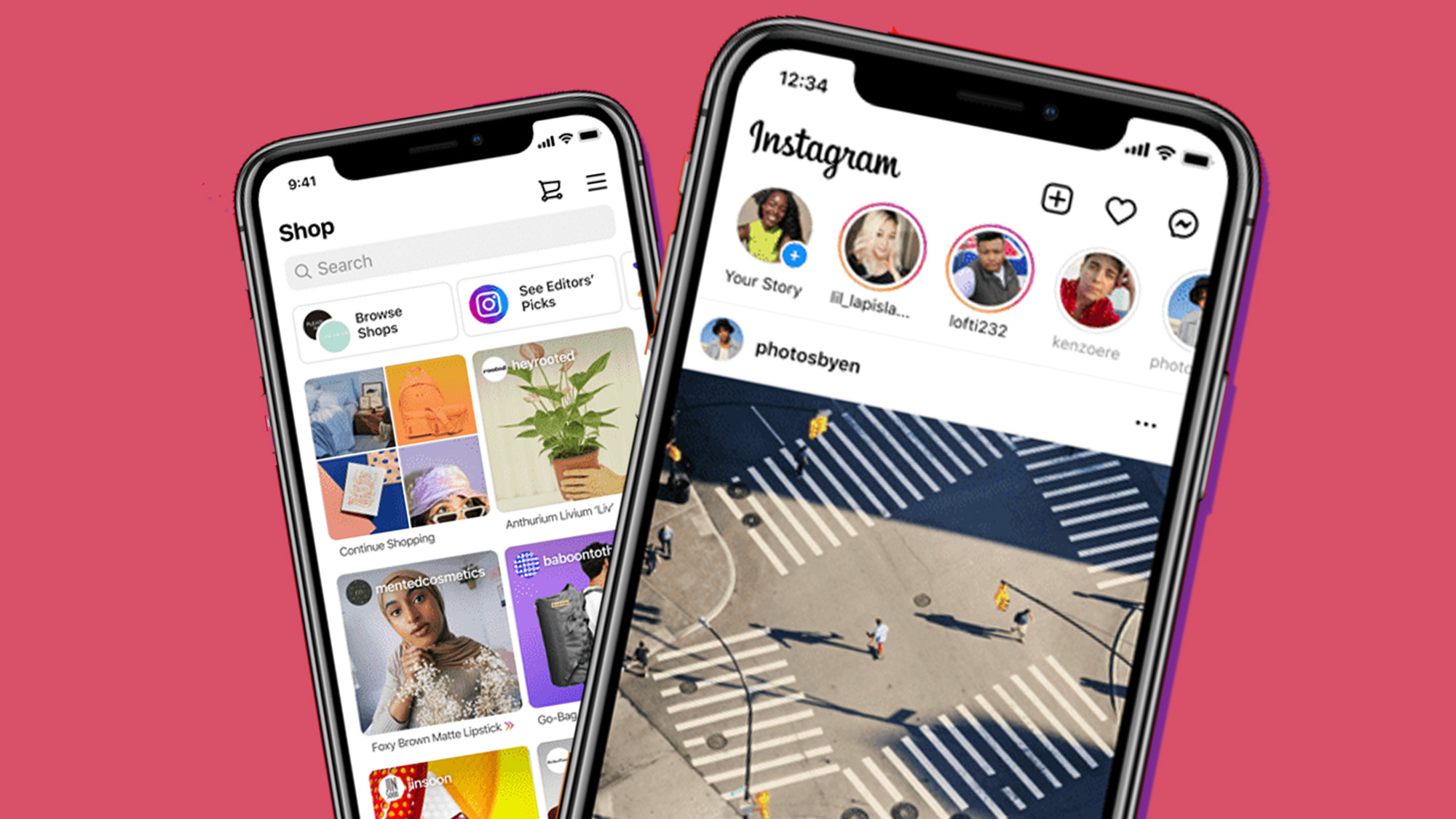
Second, I’d introduce a few new subscription options. Option one, Instagram Premium, would be just like Instagram is now, but with no third-party ads, for a small charge of, say, $2 per month. Option two, Instagram Pro, would cost a nominal fee of $3-5 per month. For that, Pro users could submit their third-party-published work and ID for account verification in their professional field. They would also be able to include business contact details, and carry out growth promotions that reach users outside of their existing audience. These accounts would also have access to actionable content analytics.
Option three, Instagram Business for $10-20 per month, would allow businesses selling goods and services to use shopping tools directly within the app. This would allow them to place ads and include add-to-basket and checkout functionality from each post. They would also get analytics, including competitor performance.
Finally, Instagram VIP accounts, for celebs and public figures, would be the ultra-premium option. This would give VIPs a shiny gold verification badge, and allow them to block all contact from non-VIP accounts. VIPs would also gain access to promotional and shopping tools, as well as analytics. All paid subscribers would enjoy uninhibited post reach and engagement, as well as being able to use Instagram ad-free.
Back in the real world
I know none of the above is likely to happen. So what are the prospects for new platforms emerging that offer something closer to the original Instagram experience?
On their abrupt departure from Instagram in September 2018, CEO Kevin Systrom and co-founder Mike Krieger said they were taking time off “to explore our curiosity and creativity again”. I had hoped that would mean they’d be back with a new Instagram-esque app, but that hasn’t happened yet.
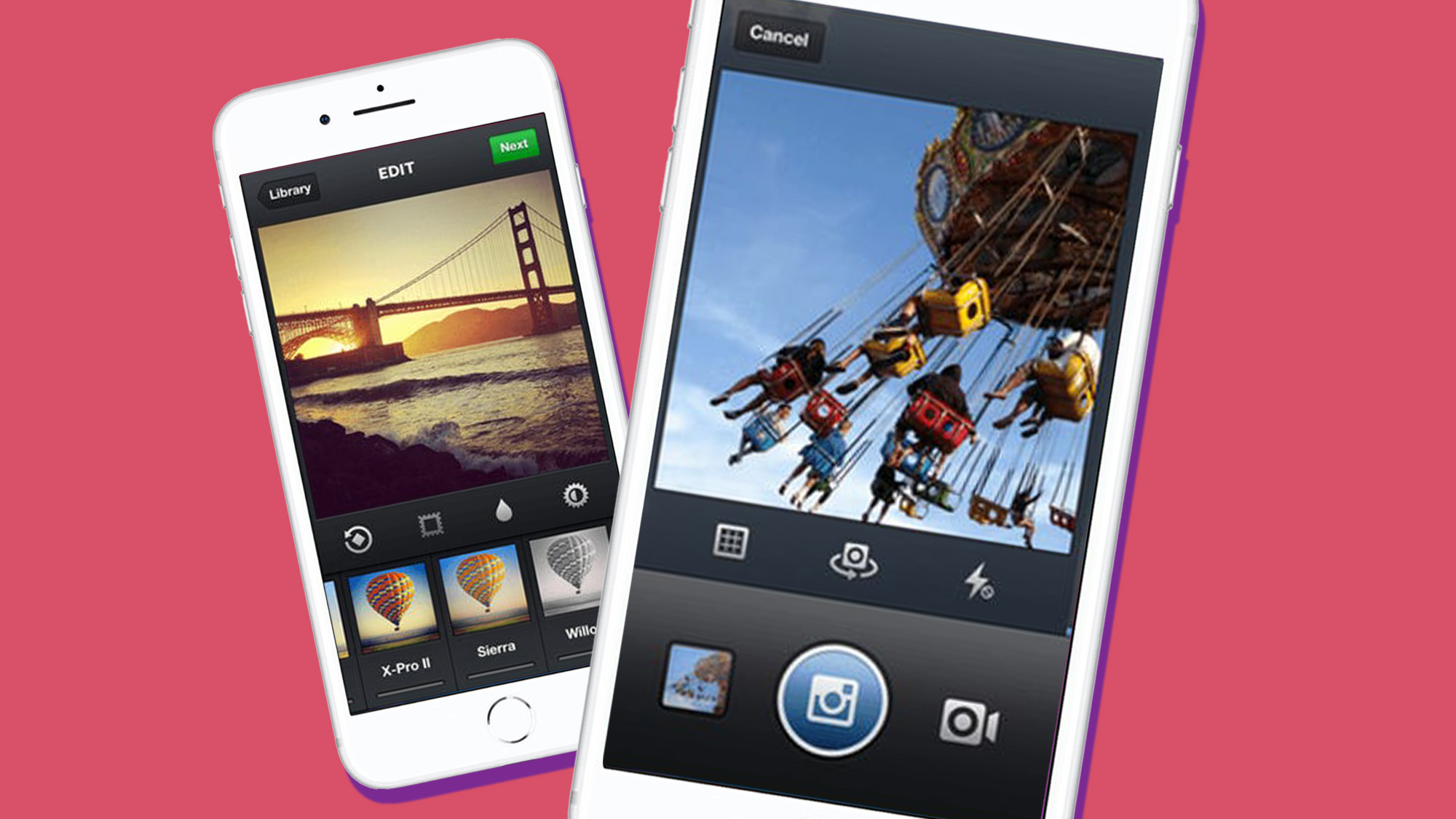
Interestingly, Systrom was linked to TikTok in September 2020, but nothing has materialized so far. Kreiger, for his part, recently gave an interview to Champions Speakers about success in the digital era, during the course of which he said something that really stuck with me.
“With Instagram, we let people almost teleport. Of course, we don’t have real teleporters, but using your phone you could essentially travel to the city where your friends live, or for me, it was Tokyo and Japan – I love Japan," he said. “All of a sudden, I could follow people from Japan and I was in a Japanese street experiencing life as it was – that was an experience that people didn’t have before.”
I sincerely hope that someday, someone follows in the footsteps of Kreiger and Systrom, inspired by the simplicity of Kreiger’s ‘why’ for creating Instagram. We need a platform that once again truly connects people and places, and then gets out of the way, with no algorithms manipulating us, and putting up barriers between us and the people and things we love.
- These are the best photo editing apps you can download right now
Jon Devo is a seasoned professional with 20 years of experience in photography and videography. After studying Journalism and Psychology at City University London in 2009, he transitioned into presenting and journalism. Jon is the founder of Devoted Creatives, a photo and video studio based in West London. He hosts two podcasts: Spotify’s Shot & Chaser and The Devoted Creatives Podcast. In addition to his podcasting work, Jon writes a monthly column, "Scanning Ahead," for Digital Camera Magazine and contributes for TechRadar.
